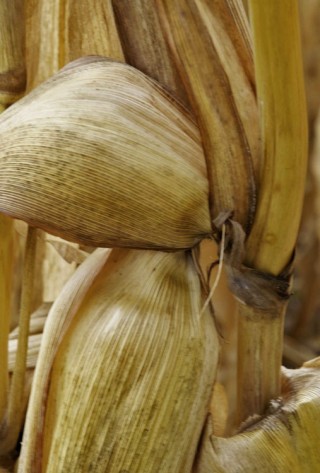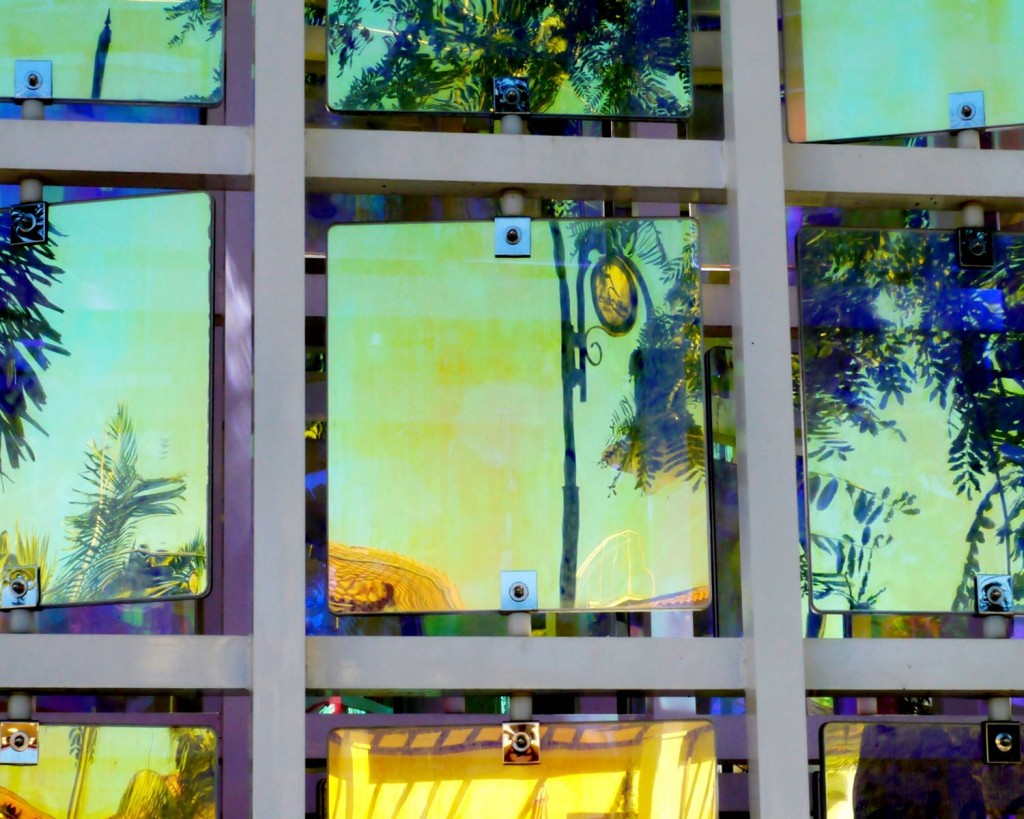In part 1 of this series, I talked about my beginnings as a photographer and the evolution from a focus on technique to one of creative self-expression. At the end of that post, I was at the point where I was beginning to blog and write online. I’d set up an online store for my photographs. By late 2010, I had the WordPress site you now see.
** Books mentioned have Amazon affiliate links, meaning I make a few cents if you purchase through my link. I only recommend books that I’ve read.
Discovering Contemplative Photography
Digital photography (and especially) the use of apps and online sharing began to explode around 2010. I saw the tremendous interest in photography in general and, especially, the desire to photograph ordinary life. Why was photography so popular?
For me, it is the process of photographing that is so much fun and I think the same goes for many others. The camera teaches me how to see and experience my life in a whole new way. The click of the shutter is a way of honouring that experience, what I call a ‘visual namaste.’
In April 2011, I attended a poetry workshop in Kentucky at a contemplative retreat centre on the poetry of Thomas Merton and Mary Oliver. Thomas Merton was a contemplative monk and photographer who I’ve written about often on this blog. Mary Oliver writes poems the way I want to make photographs. What does it mean to be contemplative? It means that you pay close attention with the heart.
At the end of the retreat, the director of the centre asked if I would be interested in doing a weekend photography workshop there. Without thinking, I said yes, since I am a contemplative photographer. As I drove home, I wondered to myself where that had come from, since I’d never said those words to anyone before, including myself.
 Googling contemplative photography, I discovered there was such a thing. There was even a book about it, called The Practice of Contemplative Photography, which I immediately ordered. I started doing the exercises in the book and wrote about the experience on my blog. I learned of other practitioners, like Christine Valters-Paintner (Abbey of the Arts) and Patricia Turner (A Photographic Sage).
Googling contemplative photography, I discovered there was such a thing. There was even a book about it, called The Practice of Contemplative Photography, which I immediately ordered. I started doing the exercises in the book and wrote about the experience on my blog. I learned of other practitioners, like Christine Valters-Paintner (Abbey of the Arts) and Patricia Turner (A Photographic Sage).
I realized that I had been practicing this type of photography for many years, but didn’t have a name for it.
During that same year, I also participated in a program called Playing Big, led by Tara Sophia Mohr. This program gave me the impetus to design and launch my first online workshop, Photo By Design, based on my experiences with visual design through Freeman Patterson’s workshops.
I devoted the entire year of 2012 to studying and practicing contemplative photography. That April, a year after the Merton/Oliver retreat, I facilitated my very own photography workshop at Bethany Spring. Later in the summer, I travelled to Boulder, Colorado for a Miksang intensive workshop, led by one of the authors of the contemplative photography book.
This was also the year I launched the Adventures in Seeing online workshop. It’s purpose is to practice living a contemplative life through photography. This approach is different from traditional photography in that the focus is on receiving photographs rather than taking them.
Here’s a short story from Bill Plotkin’s book, Soulcraft to help explain the difference. Plotkin recounts meeting a Mexican-American man named Miguel, who played the Peruvian flute. They were in the redrock canyons of the Utah desert.
The Story of Miguel
Each morning, Miguel would greet the dawn by playing haunting songs on his flute. One day, Plotkin asked Miguel about the songs. Were they traditional Incan songs? Miguel said no, that he was playing the songs of the canyon.
“Each song reflects a unique facet of his soul that comes alive in the particular wild place he visits. It is an interaction, a conversation between Miguel and the wild. His elegant songs are a mirror of nature, both within and without; they are a communion, an exchange of essences.”
This story explains how I approach photography now. What we encounter in the world and what we are attracted to mirrors something inside of us (whether consciously or not). This is why it’s so important to trust our instincts and pay attention to what draws us.
Photography is no longer about self-expression or even expression of a subject. It’s an expression of the connection between the two. Essence meets essence.
 For example, when I met these dying corn stalks, something in their colour and curves resonated with me. I saw dignity and elegance in the aging process. Could I meet the aging process with a similar grace? These stalks will now move on to being compost for new growth. And, the cycle continues.
For example, when I met these dying corn stalks, something in their colour and curves resonated with me. I saw dignity and elegance in the aging process. Could I meet the aging process with a similar grace? These stalks will now move on to being compost for new growth. And, the cycle continues.
Photography requires technical skills (knowing how your camera works), visual design (seeing), and voice (something to say).
My technical skills are a work in progress. My visual design skills are growing with practice and I am finding my voice. But, it’s the growing presence and awareness that I enjoy the most about photography, rather than having a print to frame. If I do get an image that I want to print, I consider it a bonus. A final print is not my primary motivation; awareness is. This has made a profound difference in my life and the way I engage with the world.
Tell me, how is your photography evolving in your one wild and precious life?
(Ode to Mary Oliver‘s The Journey)
Read: Part 3, on relational ways of seeing
Also read: David duChemin on Authenticity

Your post resonated with me, Kim. I find photography has really helped me to slow down and find beauty in unexpected places. I see the world so differently since I started using a camera regularly. It’s such a gift.
I love that, Gina. It is a gift.
So lovely to read this second part of your ongoing journey, Kim.
I so love this:
“Photography, for me, is not so much about self-expression or even expression of the subject, as it is an expression of the connection between the two.”
It’s how I feel also. When I capture something I see, I become one with it, there is a mingling of the atoms, from which all things are made, and a deep connection is felt and savoured.
Through contemplative photography, we come home to ourselves.
I love the image of the drying corn stalks and how you relate to them.
Thank you for including a little phrase I said previously!
That first image is like a reflection of life. There is golden light, sometimes distortion according to the angle we look at things and some shadow.
I have enjoyed your two-part photographic journey and will now look at the links you share with us here! Thank you, Kim! Sandra
Thank you, Sandra, for adding to the discussion with your very wise words, especially “there is a mingling of atoms.” Everything is connected invisibly.
I started taking photos of places and things (and my children and grandchildren) mostly to share with friends and family. Somewhere along the way a friend said to me “I wish I had your eyes”. I never thought about why or how I was photographing the things that interested me but after reading your posts, Patricia Turner and others, I thought “well, I might be a contemplative photographer.” I love to be able to take a tiny piece of the natural world and show the beauty, the continuity and the vastness in the way we are all related. I am so happy to have taken your Photo by Design course as it helped me to pause and ask myself questions as to why I wanted to capture that leaf or bug, those dead flowers or a mountain covered with snow or gold leaves. I know that I will continue to develop this love of capturing photos mainly for my spiritual self and share with others so that they may “see” also! Thank you for sharing your talent and thoughts. I can hear your other courses calling my name too!
Mary, thanks so much for sharing your thoughts. I do believe that a contemplative photographer trusts her own inner voice and how it connects with the world. How great that your friend said to you, “I wish I had your eyes.” The truth is, we all have a unique set of eyes. I’ve loved having you in Photo By Design and hope to see you in another class and on Flickr.
Thank you Kim,I love the way you teach.I enjoyed so much Photo by Design .”But it is the growing presence and awareness that I enjoy the most about photography” I feel the same way and I love Thomas Merton too 🙂
Thanks so much, Vilma.
Lovely and thoughtful post as usual Kim. We seem to be on the same wave length this week as two of this weeks posts on my blog deal with “pausing” and “giving yourself a break”. Both are healthy and necessary parts of the process of contemplative photography. Thank you for your wonderful insights.
Thank you for your continued inspiration. I’m so glad we got to meet in person.
I enjoy reading your posts. I have often thought photography helped me to see what is beautiful in the world. It allows for focus. After two months of having only my cell phone camera, I am reminded of how much joy taking photos brings now that i am back to having a camera with more adjustable focus and zoom. Thanks for sharing your seeing.
Isn’t it amazing what great tools our cameras are for bringing us into the moment? Thanks for your comment, Marie.
I really enjoy your posts but this one really touched me. I did not realize until I read it that I have been approaching my photograph in a contemplative way .When I am out shooting I get lost in the wonder, it’s like I am alone in MY space. I do this during post processing also. I want prints but never think about them at anytime during shooting or processing. After reading your post I realize that both are a healing process (long story) and also give me a feeling of peace.
Thank you
There are a lot of us out there, Mary. thanks so much for your comment.
I couldn’t agree more with the comments from others. Mary U. sums it up for me. Every word of it. Thank you all for sharing. I don’t know what I’d do without my photography.
I love that you said you were a contemplative photographer without having processed that yet. Something in you knew what you were and what that was and sent out the message ahead of time.
Yes, I think so. I’m sure you can relate similarly to food and nutrition.
Hi Kim ~ I’m still catching up on your older posts, since I just discovered you & your insights relatively recently. Ergo – here I am back in 2013. (o: I’ve been photographing for about ten years, now, and steadily for about the last six. My style and focus are evolving to a place that I’m happier with, because I’m finally beginning to photograph what calls my name, rather than someone else’s.
I attended a landscape photography tour in Moab, UT in March. (Forgive me if I’ve already told you that.) I do not consider myself a “landscaper.” People have asked me, “then why did you go?” Well, besides being in one of the most beautiful areas there is, I went to stretch myself and to learn. I did learn some things about actual landscape shooting, ie lenses, aperture, blah, blah, blah. The biggest discovery for me was that I seem to “hear,” as well as see something different than the norm. Oh, sure – I took lots of photos of sweeping, color-filled vistas. But my best shots are, as has been my norm, close-in, more intimate views. They are generally what others overlook or disregard as “not interesting or pretty or …. enough.”
I received one of the best compliments ever by one of the tour attendees. After a couple days as we all “did our thing,” I was, as usual, apart from crowd. I’d finished shooting what had caught my eye, and turned around to see him quietly standing several feet behind me. He said, “I think I’m just gonna follow you around, because you always see what the rest of us don’t.” I didn’t think too much of it at the time, but since then, his comment has kind of become my own mantra.
I’m not interested in photographing what everybody else does, or in the same way that they do. Photography helps to center me as I wait for the universe to draw me closer to it. I guess that’s part of what contemplative photography is about. Your statement above, “What does it mean to be contemplative? In a nutshell, it is about paying close attention with the heart” clinched it for me. When I pay attention with my heart, some beautiful images can result. But when I’m out there blindly shooting to just shoot, I end up with mostly crap.
Thank you again and again for your insight and your courage to share with the world this journey that you’ve undertaken. It helps me to travel my own journey, but with more grace. Esther Hicks, as Abraham, talks about the Law of Allowing, ie “allowing to allow” others/ourselves to be who and what they/we are. In contemplative photography, I step aside and allow my spirit to receive images of quiet, peace, and joy.
This comment has been way too long, I know. Mea culpa. (o:
Carol, your photographs reflect your ability to stay with what moves you – allowing to allow – I love that!